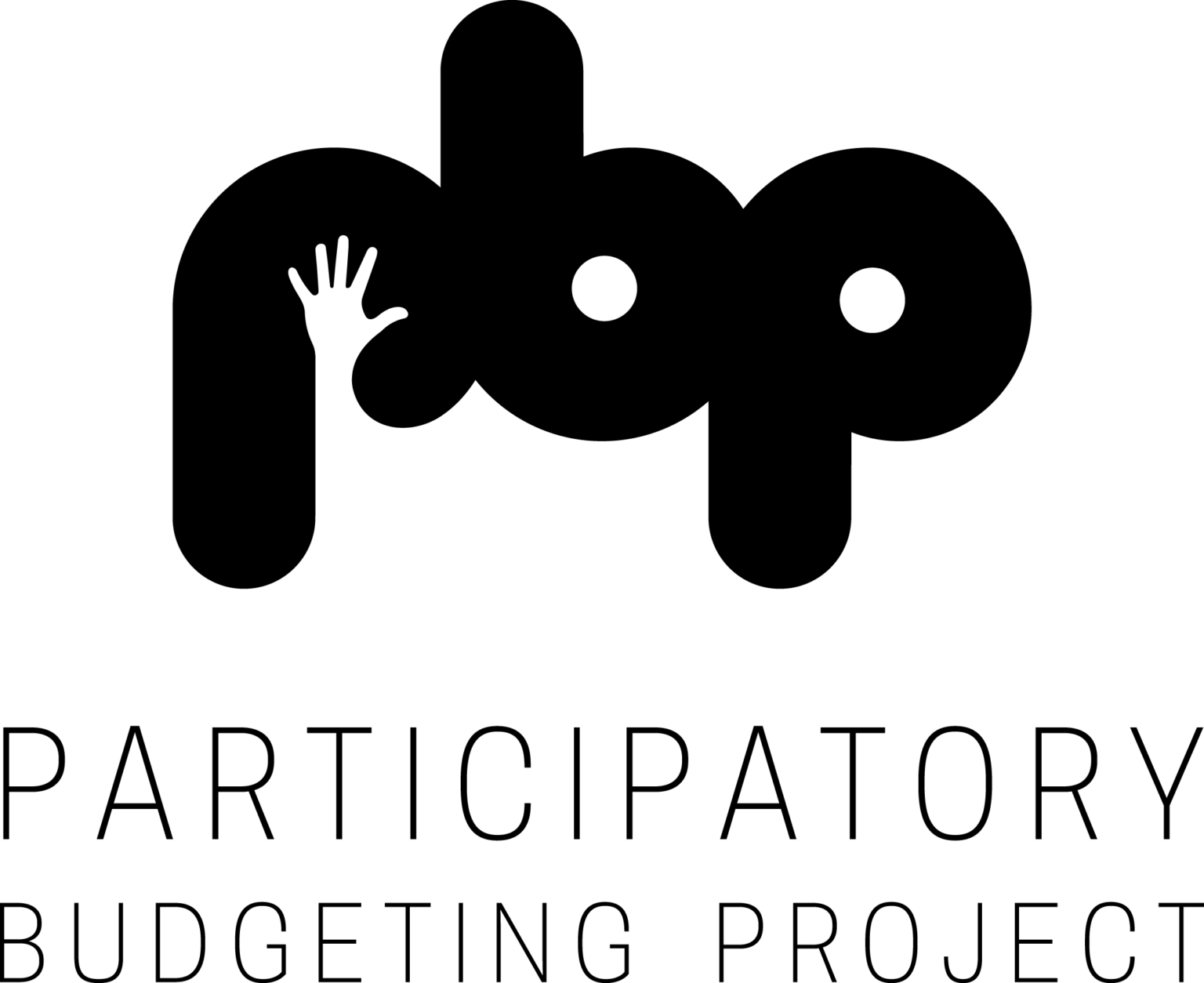This is "revolutionary civics in action" — participants learn democracy by doing it.
Schools, school districts, and colleges around the world are using participatory budgeting (PB) to engage students, parents, educators, and staff in deciding how to spend a part of the school budget. School PB develops student leadership, supports student and school success, lifts up student and family voice, and involves the entire school in meaningful civic experiences.
Active civic learning provides youth for a lifetime of knowledgeable, engaged, active citizenship which is vital to the health of our democracy. Participatory budgeting is an impactful strategy for active civic learning. Given the political landscape and emphasis on engaged citizenry, the time is right for schools and districts to adopt PB as a vital component of a stronger, more comprehensive education program.
Interested in learning more about PB in Schools?
Share some information with us and we will be in touch with more tools, resources, and news!
What types of schools are doing PB?
- Elementary Schools
P.S. 139 in Brooklyn, NY is doing PB with students & their families to decide how to use Parent Association and school funds. Read more here.
- High School Districts
The Phoenix Union High School District in Arizona launched the first PB process in the US using district-wide funds. Read more here.
Since 2020, Brooklyn High School students have used participatory policy-making and participatory budgeting to decide together how to make their campus truly safe. Learn more about the Participatory Policy-Making model and toolkit here.
- Colleges
City University of New York (CUNY) students in two colleges are allocating a portion of student government funds and other school fees through PB. Read more here.
Join our online course for educators!
The course is rooted in principles of participatory democracy and suited for any K-12 educator bringing participatory budgeting to their school community. Sign up to start your learning journey!
Resources
Evaluating Participatory Budgeting in Schools
Evaluation is a key part of growing and improving participatory budgeting. Our PB in Schools Evaluation Toolkit walks readers through the why, what, and how of evaluating school PB processes! By examining how PB works, who takes part, and how it impacts local communities and democracy, evaluation data can be used to make the case for why PB should be continued and expanded.
Participatory Budgeting School Policy Scan Report and Summary
Learn about how PB can expand across our school communities in this landscape report & report summary!
PB in Schools Readiness Assessment
Discover what's next in your journey to bring PB to your school commmunity with this PB in Schools Readiness Rubric!
Guide to PB in Schools
A series of lesson plans and worksheets that walk you through planning, idea collection, proposal development, voting, and funded project implementation. Although this guide was developed for high schools, it can be modified for all age levels!
Frequently Asked Questions
PB supports students learning and development
- Students learn lifelong habits of civic participation
- PB increases students’ sense of social responsibility
- Students gain confidence in themselves and their ability to effect change
- Students learn critical career and life skills including:
- Collaboration
- Research, interviewing, & surveying
- Problem-solving and critical thinking
- Public speaking
- Financial literacy
PB strengthens school communities
- Students and families become more actively invested in the school community
- PB fosters better relationships between students, families, teachers, and administration
- PB results in more effective school spending
- PB generates new ideas to address school and community needs
PB requires the school or district administration to set aside a pot of funds to use for PB. The larger and more impactful the budget, the more invested participants will be in the PB process and the school community.
- School district budgets
- School budgets
- City/County budgets
- Federal budgets passed through local institutions
- Principal’s discretionary funds
- PTA budgets
- School government budgets
- Student activity funds
PB is happening at every level of schooling, from elementary through college! Here are some examples:
Elementary Schools: P.S. 139 in Brooklyn, NY is doing PB with students & their families to decide how to use Parent Association and school funds. Read more here.
High School Districts: The Phoenix Union High School District in Arizona launched the first PB process in the US using district-wide funds. Read more here.
Colleges: City University of New York (CUNY) students in two colleges are allocating a portion of student government funds and other school fees through PB. Read more here.
Participatory budgeting is fundamentally about changing how decisions are made over existing budgets. This means you don’t need new or additional funds to run a PB process! Schools/districts need to identify a portion of funds from an existing budget that can be allocated through PB, rather than through the traditional method (e.g. an individual or smaller group of people in the administration decide).
Yes! Although student participation in PB is the norm, schools and school districts can opt to include families, teachers, and staff in the PB process.
There are a number of ways families, teachers, and staff can participate. For instance, some PB processes allow all members of the school community to share project ideas and to vote. In other schools, adults are invited to contribute ideas, and only students are eligible to vote.
The decisions on whether and how to engage the broader school community in PB may be made by the school or district administration, sometimes in order to fulfil state or federal engagement mandates, or by a school’s PB Committee, a steering committee which helps to design and run the PB process.
Schools that have included broader school communities in the PB process have reported greater family and parental engagement in the school.“Teaching our students that they can make important decisions through voting and advocacy has rippled forward to families as well... I believe the process has helped us bring forward more parent voice and more parent leaders, making parent involvement an even stronger key lever within our school community.” Educator, PS. 139, Brooklyn NY
For teachers and staff, schools report that PB can present more leadership opportunities and feelings of empowerment due to the ability to participate in decision making and problem-solving. Research shows that when they feel empowered, such as through PB, teachers are more likely to be satisfied, motivated, innovative, and energized.
PB increases community awareness of the challenges that students, schools, and districts face. The PB process can help districts identify innovative solutions and initiatives for school improvement, and more efficiently fund school improvements.
American federal and many state education policies are compatible with and supportive of PB. In addition to providing students with a well-rounded education, current federal standards require states to include a “non-academic” indicator of school performance, opening the door for states to incorporate active civic learning and engagement into their accountability systems. For many states, civics is an academic requirement for graduation; emphasis is placed on action civics; and districts prioritize student opportunities for service learning and community activism.
PB is a form of authentic civic learning that includes effective instruction coupled with active engagement that allows students to apply their skills to real-life situations.
Teachers play a critical role in school improvement; American federal mandates require that educators are part of improvement plan development and implementation. Federal mandates also prioritize family engagement and identify and promote opportunities for students and families to participate as collaborators and problem solvers in their schools. PB is a straightforward tool that can fulfil teacher, family, and student engagement requirements.


